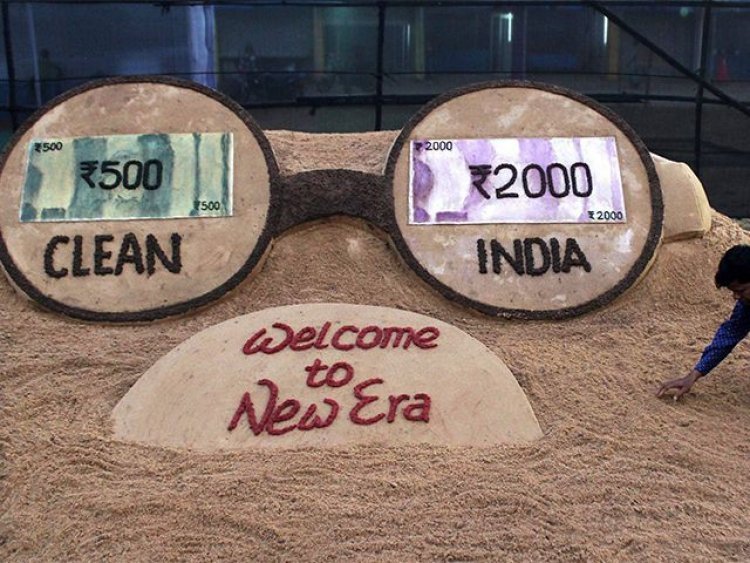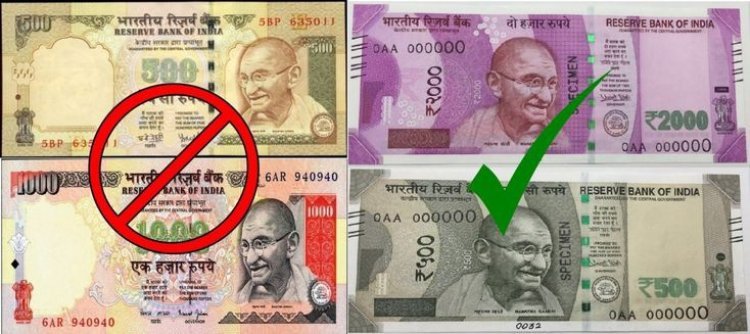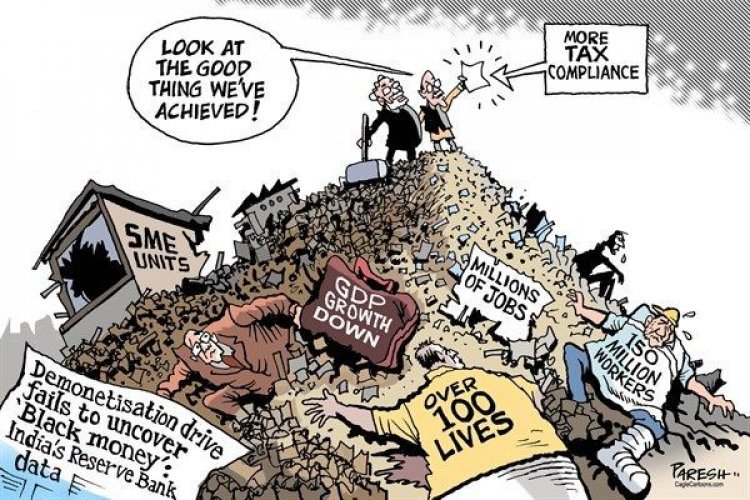Demonetization in India in 2017
The night of 8th October 2017 made all the Indian citizens astounded about the implementation of a legal act. This article discloses about that constitutional act happened in India.

DEMONETIZATION IN INDIA
What is demonetization?
In simpler words, demonetization is a constitutional act of making a currency invalid and introducing a newer version of it. There are many instances where demonetization happened in several countries. For example, the nations under the European Union replaced their currencies with the Euro by granting enough time to the citizens for the conversion of older currencies. This legal act was done in many countries to ensure smooth money transactions, to control fraudulent operations and black money.
Earlier demonetization in India

India has witnessed three demonetizations where the former two happened during the 19th century. Do you know that once we had banknotes of 10,000? It was in 1938 that India had this largest currency printed by the Reserve Bank of India. But a year before the independence, 1000 and 10,000 were made invalid. This incident that happened in January 1946 was intended to annihilate black money circulation all over the nation. But, those currencies along with Rs 5000 was reintroduced in 1954. But in January 1978, the government headed by Moraji Desai secede the circulation of Rs 1000, Rs 5000, and Rs 10,000 in order to prevent counterfeiting although Rs 500 and Rs 1000 returned later. In 1987, Rs 500 was renewed and the latter in 2000.
Demonetization in India in 2017

The historical demonetization occurred on 8 October 2016. This instance witnessed the abrogation of Rs 500 and Rs 1000 and new currency notes of Rs 500 and Rs 2000 were issued by the Reserve Bank of India. Rs 100, Rs 50, Rs 20, Rs 10, and Rs 5 remained unchanged but later newer version of Rs 50 also came out. On 25 August 2017 Rs 200 was introduced. This demonetization announcement was done by the Indian Prime minister Narendra Modi on the night of October 8. As usual, this action was done to curb counterfeit currencies used in illegal activities like terrorism, corruption and also to uplift digitalization in India.
Disadvantages of the previous demonetization in India in 2017

Due to the lack of enough planning and time, this legal act made inconveniences to the citizens. Especially in rural areas, many villages without banks and villagers without bank account drowned in hard trouble for a long time. Banks, hospitals, and other financial establishments also faced adversities as they were not able to manage the financial matters without enough money. The intention to curb black money and illegal activities were in vain as the collection of money by the violators was done as assets or investments. In the case of liquid money, they could be amassed in Swiss banks or other banks using benami accounts. Finally, the aim to prevent counterfeit currencies was also distorted as the fake notes of Rs 2000 were circulated immediately after its introduction.
I wish this article benefitted you to apprehend about demonetization and its implementation in India.

















